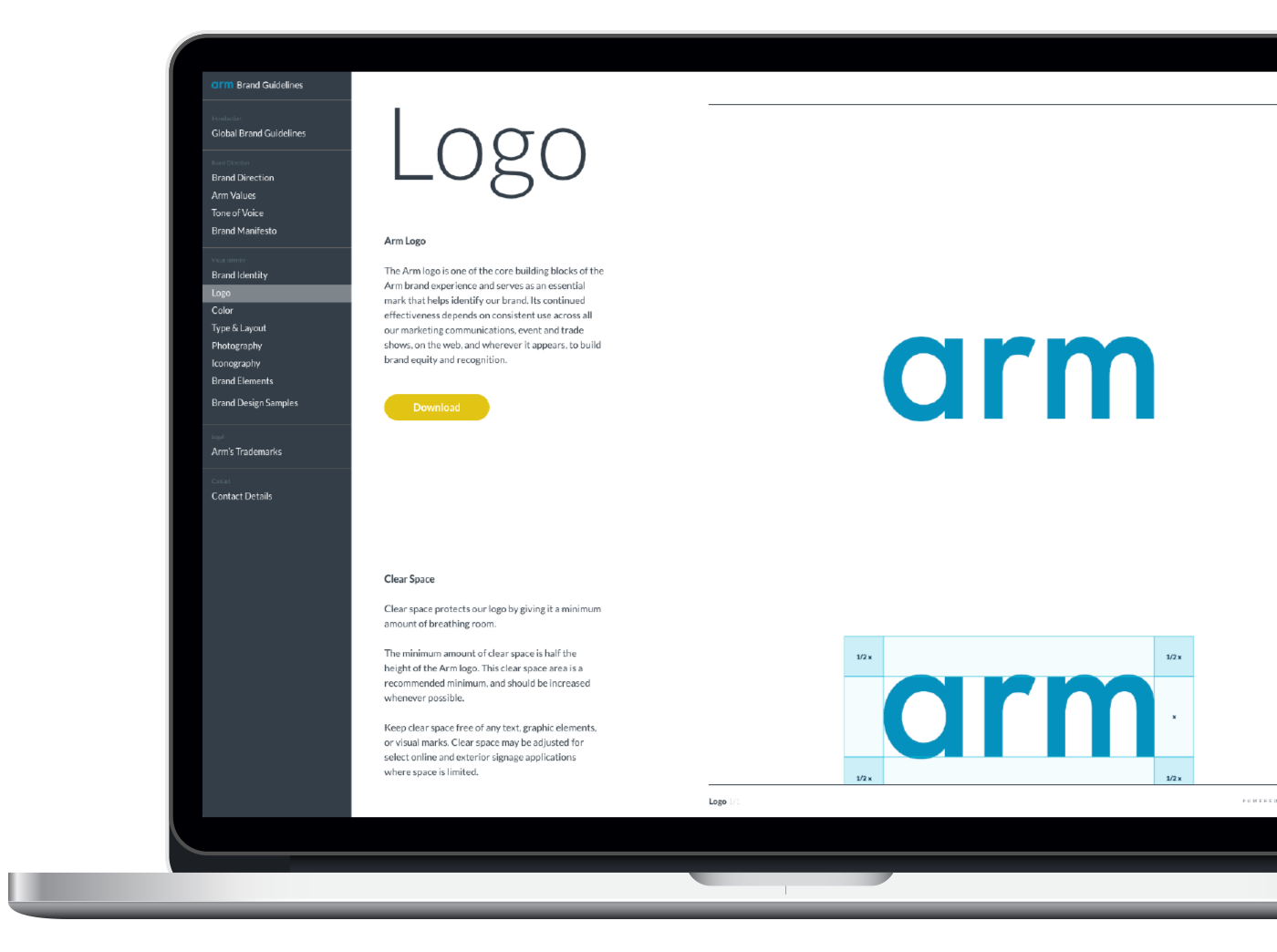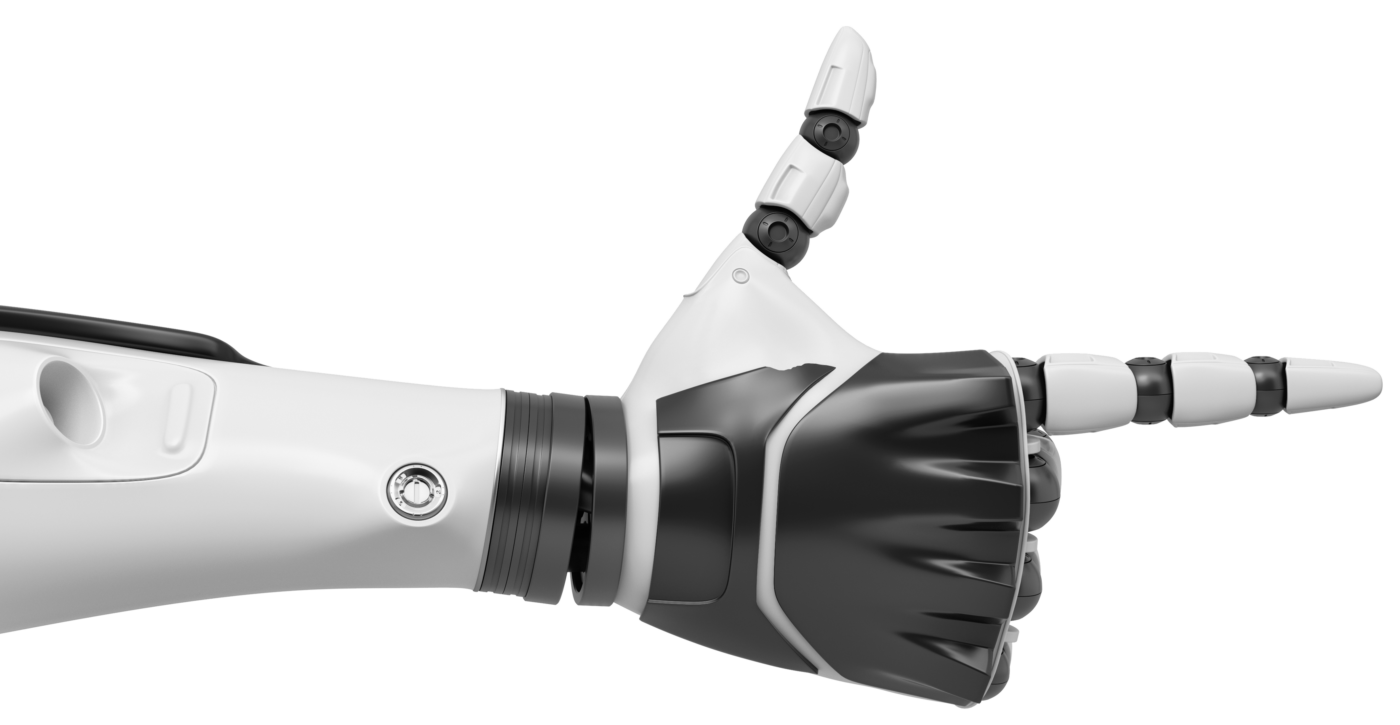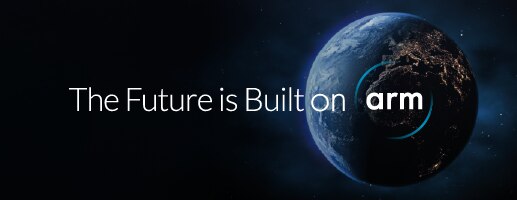The AI Talent Crunch: Preparing Today’s Workforce for Tomorrow’s Technology

(Note: The third and final part of the Arm AI Readiness Index report (as well as the complete report) is live today, April 10. This blog is excerpted from the chapter “Addressing the Skills Challenges in an AI-Driven Workforce.”)
The rapid adoption of artificial intelligence (AI) is reshaping industries across the globe, creating unprecedented opportunities and challenges. Among the most pressing issues is the skills gap, which is essential a shortage of expertise required to effectively integrate and utilize AI technologies in the workforce.
The situation comes out in full relief in the just-published Arm AI Readiness Index report. Among the findings:
- 34% of surveyed business leaders reported their organizations are “significantly under-resourced” or “under-resourced” when it comes to in-house AI talent
- Nearly half (49%) of leaders identify a lack of skilled talent as a primary barrier to successful AI implementation
- Only 17% of business leaders believe their employees have “advanced” skills that fully leverage AI tools.
Current skills challenges in the AI workforce
This skills gap can affect every job role, making staff and professional development essential. Companies must invest in training programs that help employees understand AI’s capabilities and applications. Furthermore, the future workforce will need to combine human ingenuity with new and emerging AI technologies; going beyond just the technical skills alone.
Addressing these multifaceted challenges will require engineers, practitioners, and students to acquire foundational skills and concepts through education and training. To meet this demand, the current curricula must undergo substantial revision, equipping students with knowledge that aligns with new AI-driven programming and decision-making.
The skills challenge is a global issue, as AI is being adopted worldwide. However, there are notable regional variations in readiness and focus. While some countries lead in AI adoption, regulation, and standard-setting, others lag behind. Even within countries, priorities can differ based on regional needs. For instance, in the U.S., rural economies like Idaho may emphasize AI applications in agriculture as opposed to more urban states that will focus on AI for smart cities. This highlights the importance of context-specific education and training.
The evolution of educational requirements
The emergence of AI is disrupting traditional educational requirements and degree programs. While computing has been a relatively recent addition to school curricula, it is already being transformed by AI. This necessitates regular updates to ensure that education keeps pace with technological advancements. Accelerated learning models will lead to a dynamic curriculum that evolves alongside industry needs.
Reskilling efforts must begin at the pre-university level, focusing on foundational technologies and introducing students to AI concepts early. This requires educators and institutions to distill trends and skills into actionable knowledge that can be integrated into curricula. Due to the fast pace of AI developments and supporting emerging technologies, frequent updates to training materials are essential. This ensures that students and professionals are prepared for the ongoing evolution of AI.
Universities and academic institutions play a pivotal role in shaping the future workforce. By conducting research and integrating AI into their curricula, they ensure that graduates possess the skills required by the wider industry. Collaboration with industry partners allows academic programs to align with the evolving demands of the job market, creating a seamless transition for students entering the workforce.
Recognizing the scale of the challenge, initiatives like the Semiconductor Education Alliance (SEA) have emerged to bridge the gap between academia, industry, and government agencies. SEA’s work focuses on developing Knowledge, Skills, and Abilities (KSA) frameworks, which help by providing rigorous descriptions of the competencies required for AI software and hardware engineers. These frameworks are crucial for designing high-quality curricula and training materials that align with industry needs. The global community of SEA members also emphasize the importance of the “3 Cs” – content, community, and careers – to help build a robust ecosystem that prepares individuals for AI-driven roles.
Arm’s collaborations with academia
Arm has been at the forefront of fostering industry-academia collaborations. By developing free educational tools and training kits, Arm has facilitated the widespread adoption of its content across thousands of universities. Meanwhile through SEA, Arm continues to work closely with academic institutions, contributing to educational standards and linking education with industry requirements. More recently, Arm announced critical investment into the University of Cambridge’s new CASCADE (Computer Architecture and Semiconductor Design) Centre, which will fund 15 PhD students over the next five years who will undertake groundbreaking work in intent-based programming to realize the potential of AI through next-generation processor designs All these academic collaborations ensure a steady pipeline of talent and innovations equipped to meet the demands of an AI-enabled world.
How to equip the AI workforce
The integration of AI into the workforce demands a concerted effort to address the current skills gap. Employers already recognize this.
- 66% of organizations plan to upskill existing employees to adapt to increased AI integration
- 53% intend to hire new talent with AI expertise
- 51% plan to partner with external experts.
In addition to that, by revising curricula, investing in training, and fostering collaboration between academia, industry, and government, we can prepare the future workforce for success. Initiatives, like SEA, and industry-leaders like Arm exemplify the collaborative spirit needed to navigate this transformative era of AI. This ensures that the global workforce is equipped to thrive in both using and understanding AI technologies.
Any re-use permitted for informational and non-commercial or personal use only.















